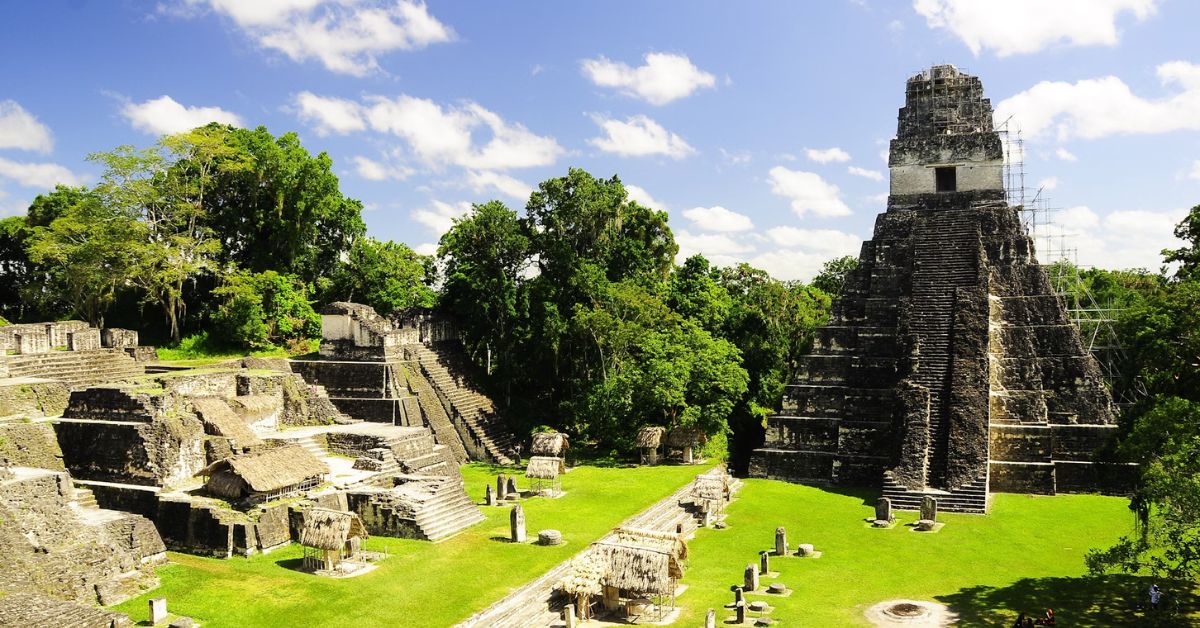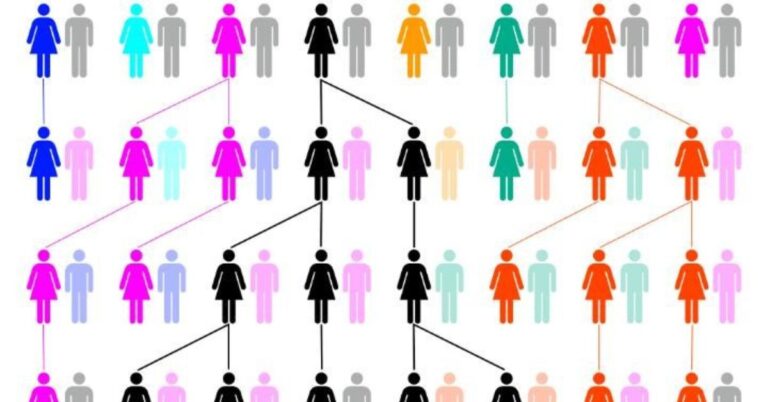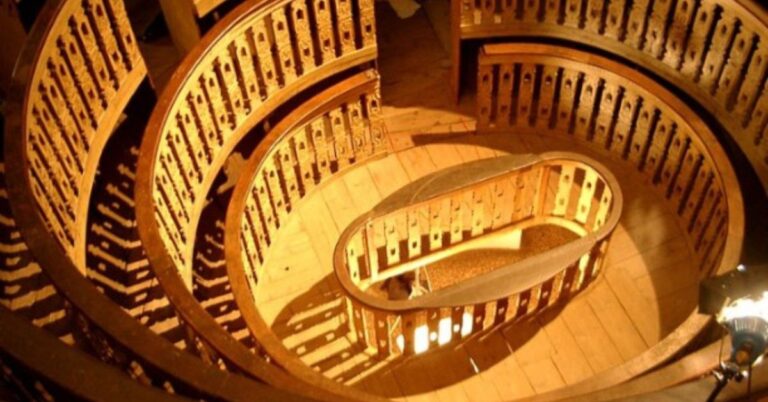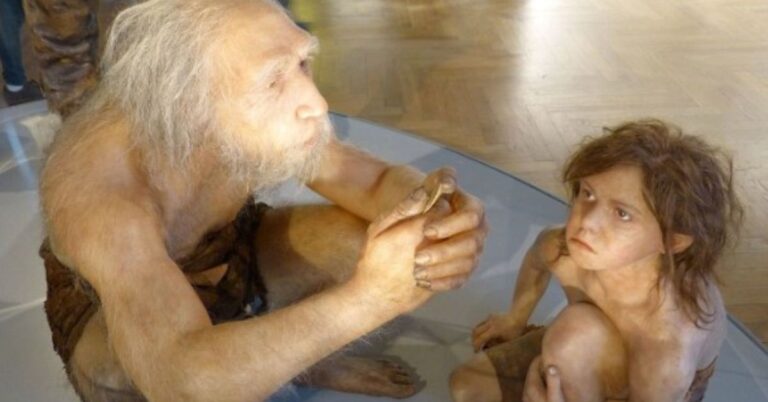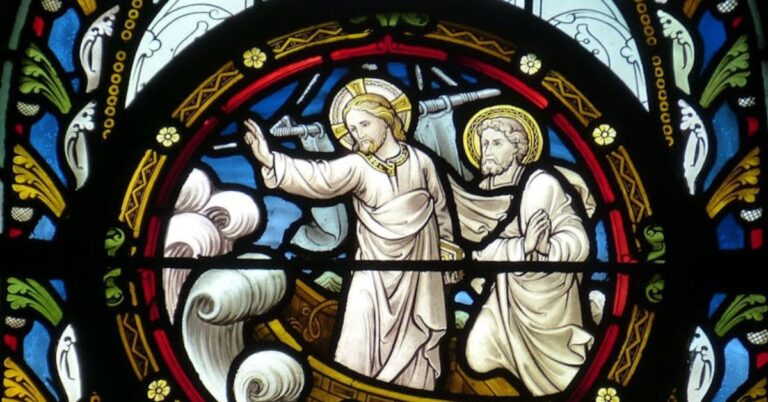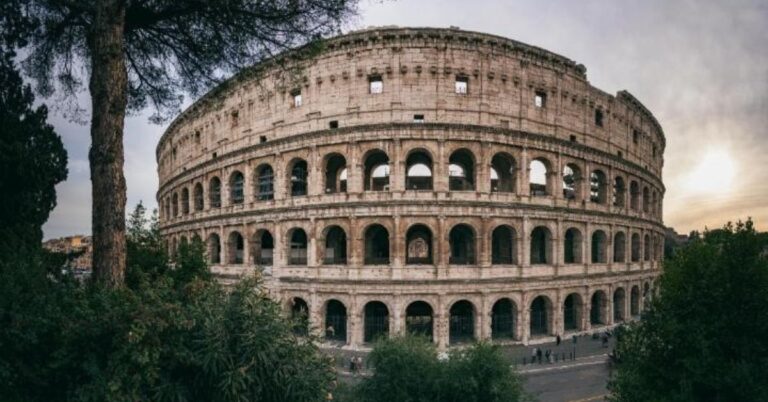5 Archaeological Finds That Redefined Native American History

The deep roots of Native American civilizations stretch back thousands of years, yet many of their accomplishments remained hidden until groundbreaking archaeological finds brought them to light. These five discoveries challenged outdated narratives and revealed a continent rich in innovation and long-standing cultural traditions. Each artifact reshaped how history sees the First Peoples.
The Clovis Points Show Early Hunting Techniques

These sleek, fluted spear tips are revolutionary. Found across North America, Clovis points date back over 13,000 years and show that early peoples were master hunters. They chased mammoths with more than brute force. In fact, Clovis’s points reveal an advanced understanding of tool-making that turned hunting into a precise science.
Cahokia Mounds Highlight A Complex City Structure

Cahokia grew into a sprawling prehistoric city near modern St. Louis, complete with earthen mounds and organized infrastructure. Its layout and artifacts challenge the idea that Native societies lacked complexity. Residents traded goods, managed civic life, and may have gathered for ceremonial or recreational games.
The Kennewick Man Changes Early Migration Theories

Found along the Columbia River in 1996, the Kennewick Man is one of the oldest and most complete human skeletons discovered in North America. Radiocarbon dating places him at around 9,000 years old. His skeletal features initially puzzled researchers, prompting debates about early migration routes. DNA analysis later confirmed his Indigenous ancestry, reshaping how scientists interpret early peopling of the Americas.
Tikal Temples Show Maya Engineering And Warfare

Tikal, in modern-day Guatemala, was one of the most influential Maya cities. Its stepped temples and surrounding structures show advanced planning, from water reservoirs to elevated causeways. These features point to strong civic organization and resource control. Carvings and stelae also document military campaigns, suggesting Tikal was a political and military force in the region.
Chaco Canyon Ruins Reveal Trade And Astronomy Knowledge

Chaco Canyon was more than a desert settlement—it thrived as a cultural center in a vast network. Its massive buildings align with solar and lunar events, while artifacts from distant regions confirm extensive trade. Together, they reveal a society deeply connected through commerce and celestial observation.
